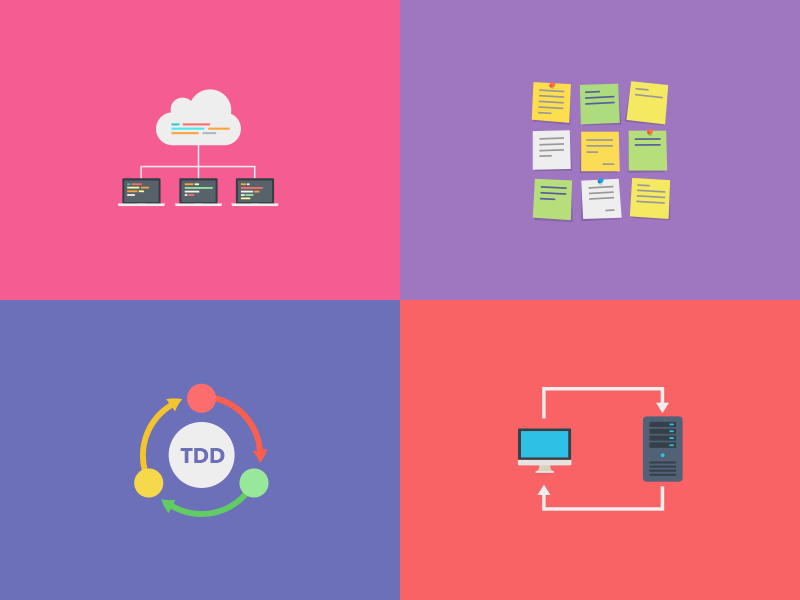It’s okay to pay for stuff that you could have gotten for free. Sometimes forking over your hard-earned cash is actually the optimal choice! It can save you time and frustration. The people who pay for freely available goods are people who understand the power of cost-benefit analysis. These people are business thinkers who take opportunity costs seriously. They always leverage comparative advantage.
Basically, the reason to pay for free information is the same reason why you might buy a sandwich from the deli instead of making your own. Buying the prepackaged version is easier, more convenient, and often more fun. If you’re low on time but have plenty of money — or at least enough money for the purchase you’re considering — then buying a ready-to-eat sandwich (or an instructional ebook, or a software service, etc) actually makes more sense than spending ten minutes slicing the cheese yourself.
Besides, someone who specializes in making pastrami sandwiches (or researching productivity techniques, or building time-tracking software) is likely better at it than you are. Paying them will not only save you time, it will also get you a better result than trying to roll your own solution.
Here are three things that I personally purchased in the past couple of months that I could have gotten for free:
- $39.95 for an https certificate and installation thereof from A Small Orange. I could have spent a few hours figuring out Let’s Encrypt instead.
- $79.98 for tax services from H&R Block. Is it possible to file your taxes without using software like this? Totally. Is it frustrating? Yes, to the extent that I would cry.
- Any and all nonfiction books. The information that I want is out there on the internet, but it would take a lot of time and energy to assemble it into a coherent, readable format. Instead of skimming all of Brian Krebs’ articles about spam, I simply bought his book.
Amy Hoy addressed this phenomenon in a 2013 blog post:

When it comes to services in the professional sphere (as well some consumer goods), people will pay for three advantages:
- more free time / less wasted time
- more intellectual resources / less frustration
- more money / fewer costs
The through-line here is efficiency. People will buy what you’re selling if you can help them get the same inputs to generate better or increased outputs. If you execute well enough, they’ll love you for taking their money!
So, in closing, why pay for free information? Because your time and energy are valuable. You deserve high-quality results.




